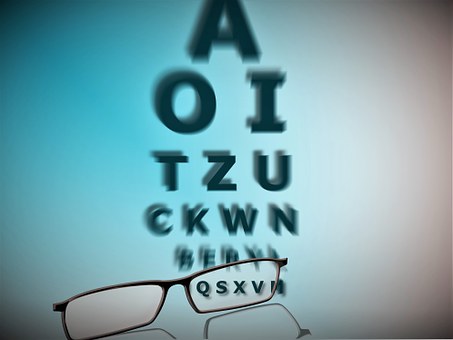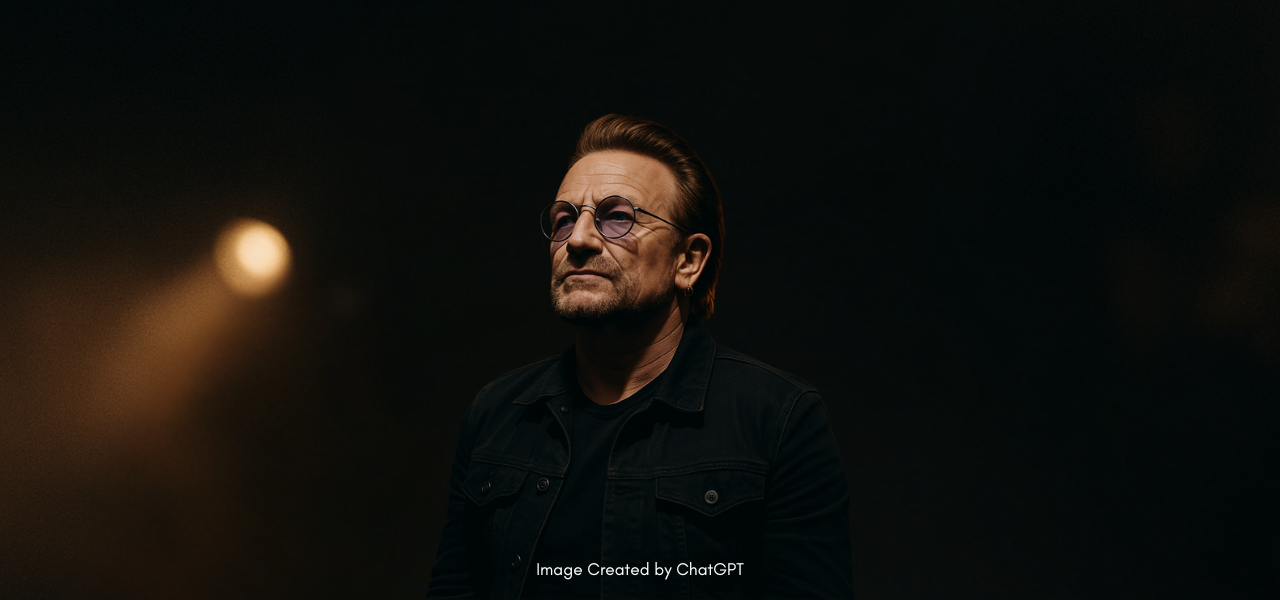The fact that you are on this site means you are searching for help. Hopefully, I can provide you with some answers.
How important is it that you have your child’s vision checked? It might interest you to know that 70% of the brain utilizes vision; that is why any neurological or developmental delay can impact how your child processes visual information.
While many parents assume the pediatrician does an eye exam as part of your yearly wellness exam, all that is performed is a vision screening. And, when it comes to children with additional needs – it can be challenging to determine how well your child can see, unless the doctor has special training in this area.
How can a child pass a vision screening or eye exam, yet still have a vision problem?
Have you been told your child sees fine, yet he or she struggles to copy words from the board to paper on the desk in school? Or perhaps, your child just struggles with reading, or remembering what was read? Does your child have to touch everything in order to “see” it or feel balanced?
The key here is that just because a child can see the letters on the eye chart, which is typically 20 feet away, it doesn’t mean your child has all the visual skills required for reading, learning, or functioning in life.
In her book, Autism Solutions: How to Create a Healthy and Meaningful Life for Your Child, Ricki G. Robinson, MD, MPH, Clinical Professor of Pediatrics at Keck School of Medicine, states:
“Precise coordinated eye movements are needed for focusing, eye tracking, and binocular vision (eyes working together). All are required for maintaining eye contact and spatial awareness, even hand-eye coordination. … However, if these skills are delayed, they can be learned.”
To whom does this apply?
This applies to all children, especially those with additional needs. For example, I saw a child with Down Syndrome who could see the letters on the line on the eye chart that is referred to as 20/20. The parents were even told his vision was fine. However, as a result of a developmental vision evaluation, we were able to determine that he had trouble shifting his focus from seeing far away to being able to see at the distance necessary for reading. He could barely see up close. A special pair of bifocals fixed the problem. Optometric research has found that 65-70% of kids with Down Syndrome have this visual disorder (accommodative insufficiency).
Children with additional needs, including those on the autism spectrum, CP, Down Syndrome, ADHD, Fragile X, twice-exceptional children as well as gifted learners, all share one thing in common. They have eyes. In most cases, unless you have seen a developmental optometrist, you have either been told their vision is fine because they can see the letters on the eye chart, or that they are seeing the best they ever will, or there is nothing else that can be done.
In some cases, your child may have an eye turn that was “corrected” with surgery, or you are considering surgery. Depending on the cause of your child’s additional needs, the potential of an eye turn is significantly greater than in the neurotypical population. In fact, it can range from 17-50% compared to 2-5%.
While most ophthalmologists will be up front about the potential of multiple surgeries being needed to achieve straight eyes, little is shared about what a child’s world looks like when they have an eye turn (no matter how small). Once the eyes appear straight, it is assumed their vision is fine, even though it may not be.
Many children struggle with double vision, or vision that fluctuates where print or objects appear to move on the page even with the slightest eye turn which, as parents, you may or may not be able to see. Because they lack the verbal skills to tell you how they see, and also because they have no idea what their world should look like, they don’t say anything. Instead they show you with their behavior, if you know how to interpret the signs.
Some of the signs include difficulty paying attention, poor reading comprehension, difficulty reading or learning to read, problems with balance or movement and clumsiness. For a longer list, click here.
Who should evaluate your child’s vision?
As a developmental optometrist, I can tell you, developmental optometrists have a wealth of training in how to evaluate overall visual function – that means how we use our eyes in daily life. We also have specific training in how to correct visual deficiencies without surgery. Most developmental optometrists understand how to help children with additional needs.
Sometimes we are lucky, and all the child needs is special glasses. In more severe cases, it can require a combination of special glasses plus an in-office program of optometric vision therapy. The good news is that developmental optometrists have been able to help reduce the challenges that additional needs children face on a daily basis. In some cases, special glasses can eliminate toe walking, and in other cases, the glasses help children to be able to see to read where previously reading was impossible.
In her book, Raising a Sensory Smart Child, Occupational Therapist, Lindsey Biel, states,
“Consider going to a developmental optometrist even if no one refers you, because an undiagnosed vision problem is a major obstacle for any child.”
Correcting vision problems in children with additional needs can be life changing. To find a doctor who can provide your special need’s child with this type of vision care visit: www.covd.org.
Written by Dr. Matthew Walsh

Dr. Matthew Walsh is a developmental optometrist with an office in Naples, FL. Dr. Walsh provides specialized services in the diagnosis and treatment of vision problems that interfere with reading, learning and overall functioning in life. For more information visit his website: www.naplesvisiontherapy.com







Responses